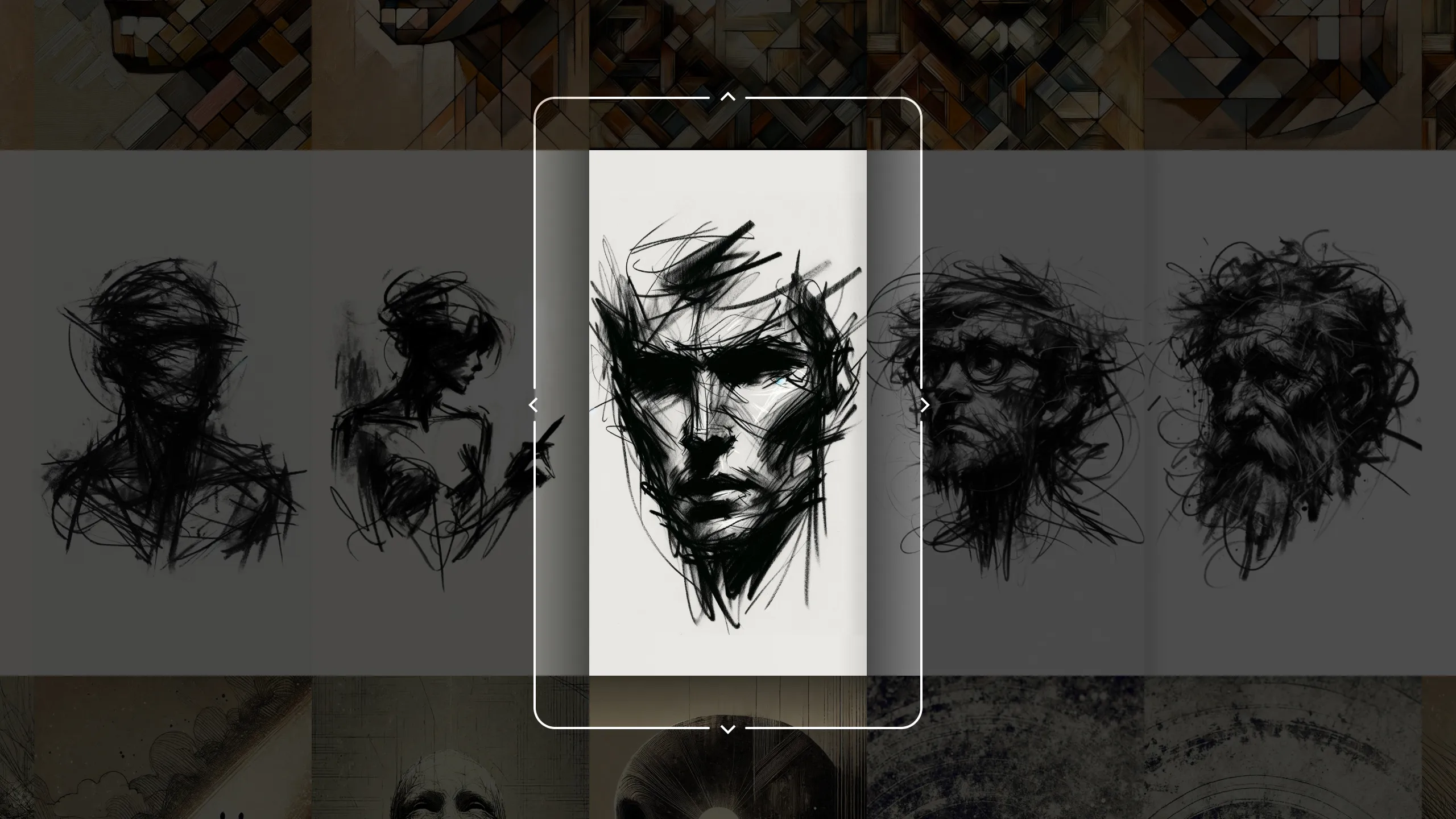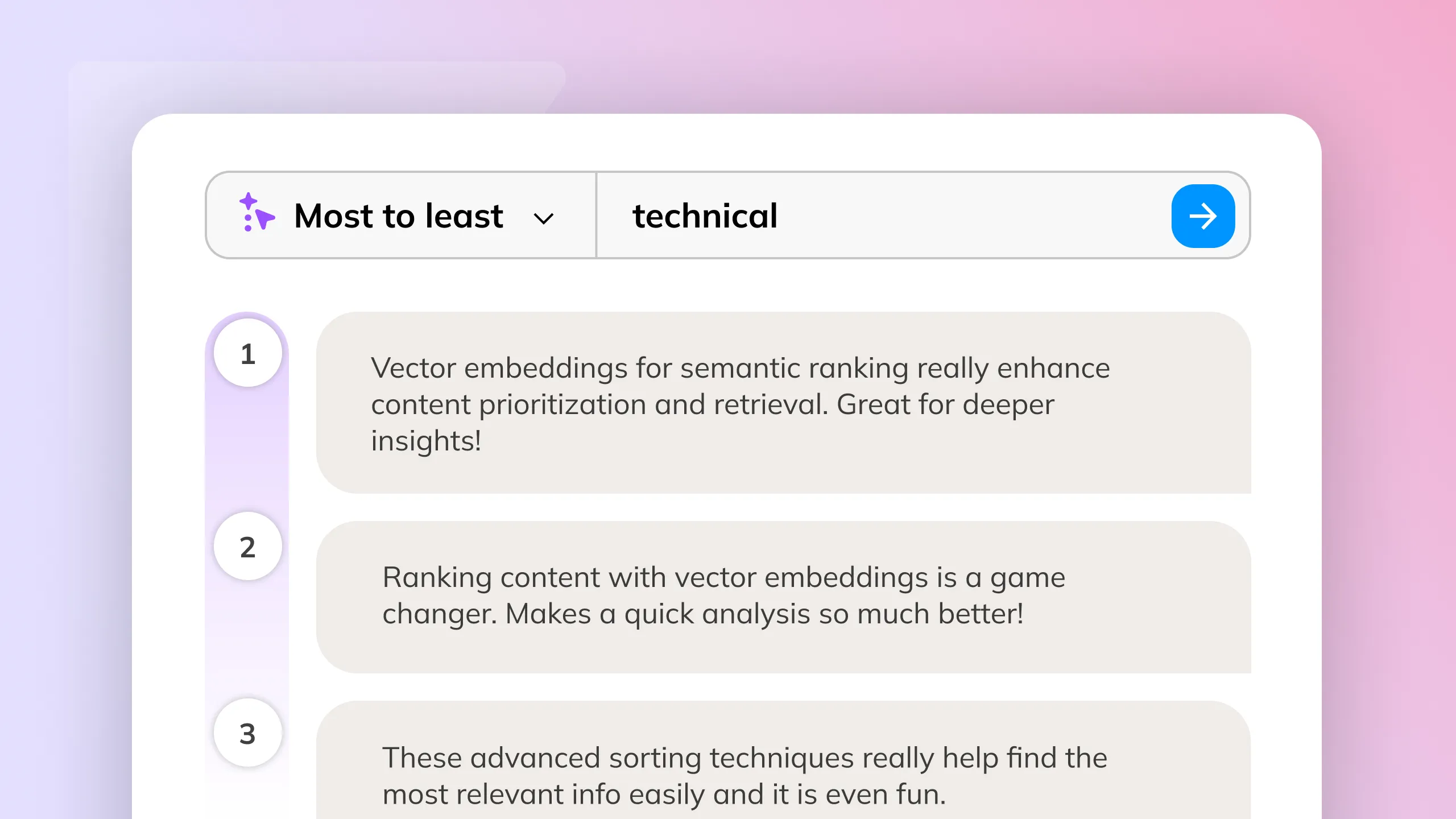Navigate the space
Ordering content along different interpretable dimensions, like style or similarity, makes it navigable on x and y axes facilitating exploration and discovery of relationships between the data.


When exploring content, I want to order it along different dimensions, and navigate this ranking, so I can discover relationships.


- Playful Navigation: Ordering content along different dimensions with navigable x and y axes transforms data exploration into an engaging, playful experience, encouraging users to interact more deeply with the content.
- Zoomable Map: Placing content on a map interface allows users to zoom out and see how everything is related to the axes, enhancing the overall understanding and discovery of relationships and patterns within the content.

More of the Witlist

Based on your selection and situation, context menus can help you discover actions and access them quickly.

Automatic model switching in AI can boost efficiency by selecting the most appropriate model for each query, ensuring a balance between quick and accurate responses.

Embedding models can rank content along virtually any dimension. This capability provides significant value by enabling users to explore and analyze the embeddings to create a spectrum of any features.

In Arc, a playful pinch interaction lets you quickly distill any webpage into a brief summary, capturing the essence of the content in moments.

Spatial prompting integrates spatial relationships into prompts, offering a novel approach to manipulate concepts. This dynamic approach can lead to more intuitive and creative outcomes.

Using the source input as ground truth will help trust the system and makes it easy to interpret its process and what might have gone wrong.